“She distinctly heard the people around her ordering more fuel, and the fatal brand called for which was to consume her to ashes. When everything was ready, her eldest son came and set fire to the under part of the straw: in a moment all was in a blaze.”
Walking through a recent exhibition to commemorate the 250th birth anniversary of Raja Rammohun Roy, I could feel my blood boil after reading the above extract from the ‘Calcutta Gazette’ of 1785. It was an eye-witness’ account of Sati performed on the banks of the Ganga near Chandannagar. The cruel practice was abolished nearly five decades later in 1829, thanks to the relentless efforts of liberals like Raja Rammohun Roy, Mrityunjoy Vidyalankar and a humane governor general, Lord William Cavendish Bentinck.
Those who missed the wonderfully curated exhibition at Gallery Charubasona need not lose heart. It has been compressed into a 32-page tabloid. It is a labour of love for noted art curator and collector Jyotirmoy Bhattacharya. A telephonic chat with Jyotirmoy revealed the Herculean efforts he made in mounting the exhibition.
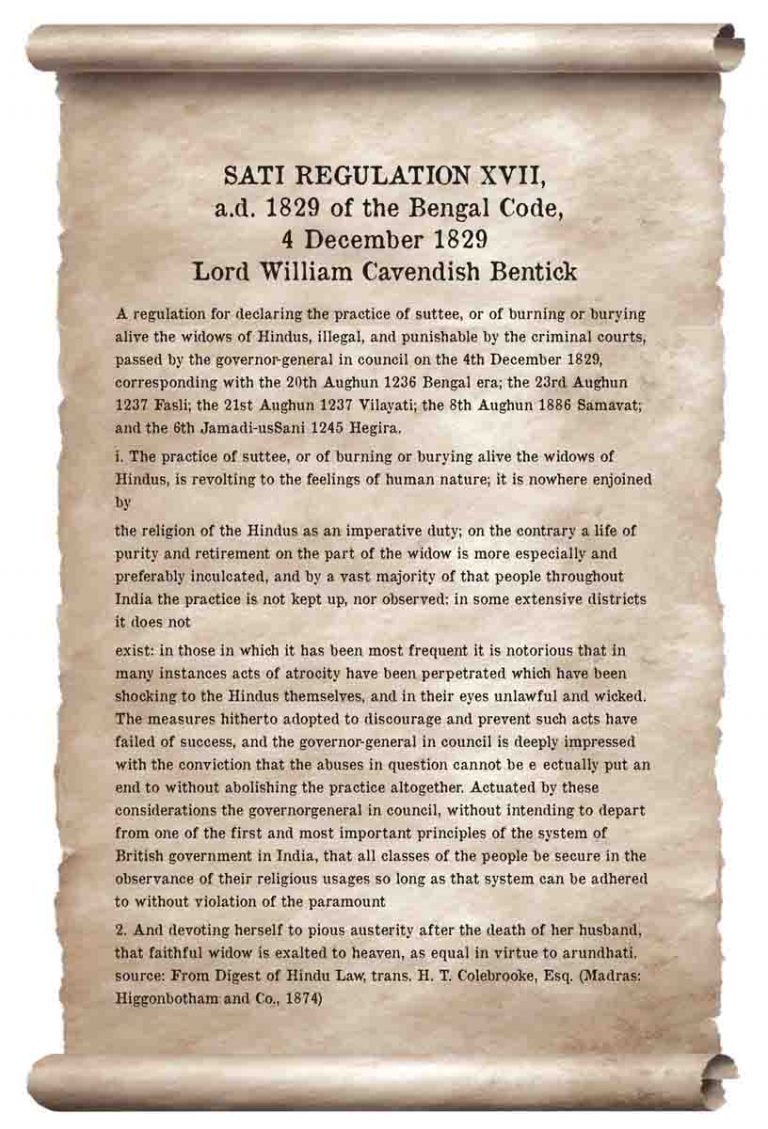
Says Jyotirmoy, “My initial plan was to do an exhibition on Ishwarchandra Vidyasagar on his bicentenary in 2020. However, the pandemic and successive lockdowns played spoilsport. Then I decided to do something big on Raja Rammohun’s 250th birth anniversary and make people aware of his rich legacy. Over the years, I have built up a sizable collection of memorabilia involving the Raja… from his earliest biography by Nagendra Nath Chattopadhyay to Fanny Parkes’ eye-witness account of Sati in her India diary (spanning between 1822 and 1846) to the University of Texas professor Robert L Hardgrave Jr’s article on that era. The exhibition had only a fraction of it.”
Despite that, the range is mind-boggling. The front cover of the tabloid has a portrait of Raja Rammohun Roy by Arpan Das. The back cover carries the Raja’s views on womanhood. In one of them he says, “If you have never tested a woman’s intelligence, how can you conclude that she lacks brains?” No wonder, the Raja was modern India’s first feminist.
The second inside cover carries Lord Bentinck’s Sati Regulation XVII of the Bengal Code dated 4th December, 1829, through which burning or burying alive of Hindu widows became ‘illegal and punishable by the criminal courts’.
As we flip through the pages, we come across the Raja’s short autobiography, a biographical note, reforms linked with him, his hand-written letter, a list of books penned by him in Persian, Sanskrit, Bengali and English, an assessment of his contribution by Vidyasagar, Keshav Chandra Sen and Akshoy Kumar Dutt, all pillars of the Bengal Renaissance.
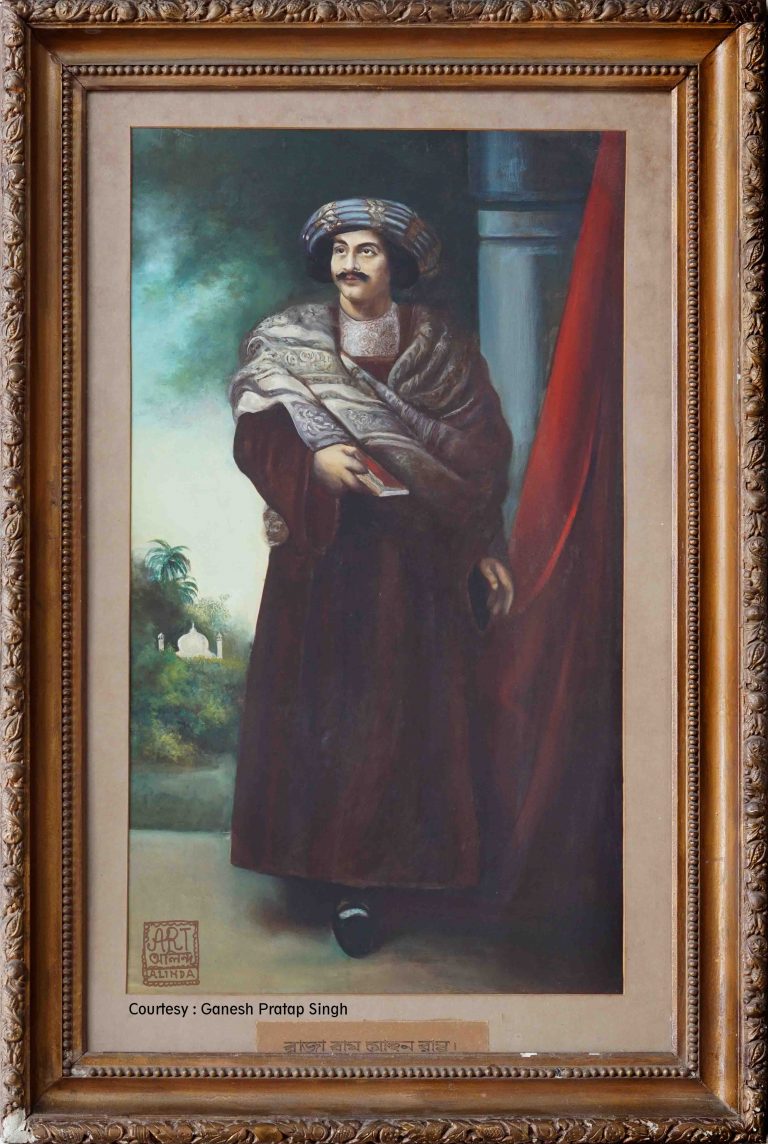
The tour-de-force is the section ‘Sahamaran and Rammohun’. This carries eye-witness accounts of Sati, where the Hindu widow is burnt alive on her husband’s funeral pyre, detailed reports from ‘Samachar Darpan’, the newspaper published by the Serampore missionaries. Besides, there are etchings and engravings depicting the dastardly act. From these, we learn that between 1815 and 1817, in the Calcutta mouza alone, the number of Sati incidents rose from 253 to 441, annually.
The next sections are titled ‘Protest aganst Sahamaran’ and ‘The representation of Sati.’ The last is a reproduction of an article by Robert L Hardgrave Jr on four 18th century etchings by noted Belgian artist Baltazard Solvyns (1760-1824), who lived in Calcutta (now Kolkata) from 1791 to 1804. All the four visuals depict various stages of Sati.
In the late 18th and early 19th century, why did most Sati incidents occur in Hooghly? Interestingly, Raja Rammohun Roy was also from the same district. Jyotirmoy feels, in that era Hooghly was the fountainhead of Brahmanical learning and culture, where the heads of society had the last word. Jyotirmoy, himself, has seen memorial plaques of Sati in Uttarpara, Bally Ghoshpara and Bansberia, all in Hooghly district. He says, “Why go that far? I have seen a Sati memorial plaque on a Kolkata road near Adi Ganga.u

The section ‘Protest against Sahamaran’ highlights the contribution of Raja Rammohun Roy’s predecessors, who had tried to stop Sati. These include Mughal emperors Akbar and Jahangir, Albuquerque, the Portuguese governor of Goa in early 16th century and the Serampore missionaries led by William Carey.
Before Lord Bentinck, the British were hesitant on imposing the Sati ban. However, the colonial masters of neighbouring Chuchura (Dutch), Serampore (Danes) and Chandannagar (French) were against the practice. As a result, before December 1829, the votaries of Sati went to areas under British rule to complete the shocking act, sometimes even under their watch.
Jyotirmoy now plans to take this critically-acclaimed exhibition to Delhi. However, he has one regret. He feels even after so many years, an authentic biopic has eluded the harbingers of Bengal Renaissance like Raja Rammohun, Prince Dwarkanath Tagore and Vidyasagar.
In the late 18th and early 19th century, why did most Sati incidents occur in Hooghly? Interestingly, Raja Rammohun Roy was also from the same district. Jyotirmoy feels, in that era Hooghly was the fountainhead of Brahmanical learning and culture, where the heads of society had the last word. Jyotirmoy, himself, has seen memorial plaques of Sati in Uttarpara, Bally Ghoshpara and Bansberia, all in Hooghly district. He says, “Why go that far? I have seen a Sati memorial plaque on a Kolkata road near Adi Ganga.”
While Jyotirmoy is on a mission to spread the Raja’s life and work, noted Rabindrasangeet singer Rina Dolon Bandyopadhyay has zeroed in on a lesser known aspect of his life– songs composed by him.
Says Rina Dolon, “The idea occurred in 2017, when I was working on the songs of Maharshi Debendranath Tagore, as a tribute on his bicentenary. My teacher Shukla Dasgupta inspired me to take up this work on the Raja.”
The two started with a corpus of just 6 to 7 songs, which included ‘Bhoy korile jare (The one you fear)’, ‘Bhabo Shei Eke (Think of the Supreme Being)’, ‘Anitya Bishayo koro shorboda chintana (You only think of material things), Nitya Niranjana (Forever, my Lord).’
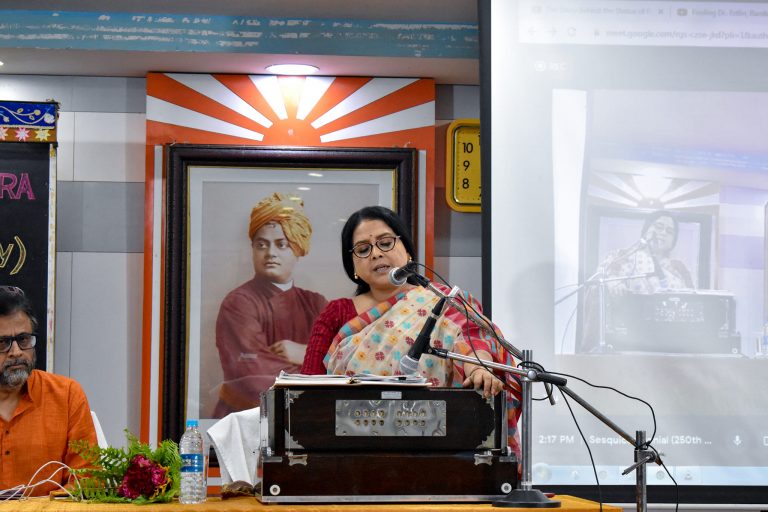
One day, when Rina Dolon’s father Durgadas Bandyopadhyay came to know about her new venture, he handed over a book comprising 45 songs written by Raja Rammohun Roy. After some research, Rina Dolon discovered that of the 45 songs, 32 bore the indelible stamp of the Raja and of these, 13 had proper notation. She was also thrilled to find that the Raja’s songs even had a name, ‘Juga Geeti.’
Says Rina Dolon, “Raja Rammohun started his musical journey when he was around 40. He learnt classical music from Kali Mirza and was an associate of tappa legend Nidhu babu. He composed songs pretty quickly. The influence of dhrupad, dhamar, Sufi music and church hymns was evident in many of his songs. Though he was allergic to kirtan, given its association with khol-kartal (Indian drum and castanets) during Sati, he did not abandon it altogether. The fact that some Rabindra Sangeets are strikingly similar to Juga Geetis, shows the Raja’s impact on Tagore.”
Five years of intense research and hard work have borne fruit. To commemorate the Raja’s 250th birth centenary, Rina Dolon has recorded 18 songs written and composed by him. The album will be out soon. Three academicians from Kalyani University have translated the songs. Noted elocutionist and public relations expert Rita Bhimani has done the voiceover. The latter is a descendant of Shibnath Shastri, one of the leading lights of the Brahmo Samaj in the 19th century.
The month of May has been hectic for Rina Dolon, with back-to-back performances on DD Bangla, at ICCR and Belur Math, all celebrating the Raja’s sestercentennial birth anniversary. Her performances have been complemented by a powerful commentary from Aniruddho Sanyal, a documentary filmmaker and noted scholar on Raja Rammohun Roy.
Rina Dolon signed off by thanking Debasis Roy, Supratim Chakraborty and Sekhar Das, the teachers who helped her in this unique musical quest.
Images courtesy: Jyotirmoy Bhattacharya & Rina Dolon Bandyopadhyay.
Abhijit Sen spent nearly two decades as a senior journalist for a renowned English daily. He now divides his time between writing columns, listening to music and watching movies of his choice. He also likes to sing songs composed by Rabindranath Tagore.





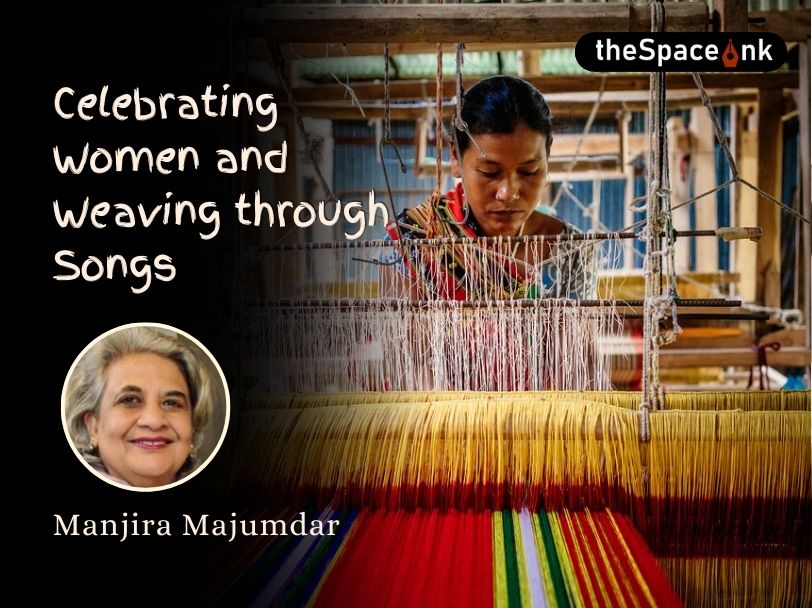
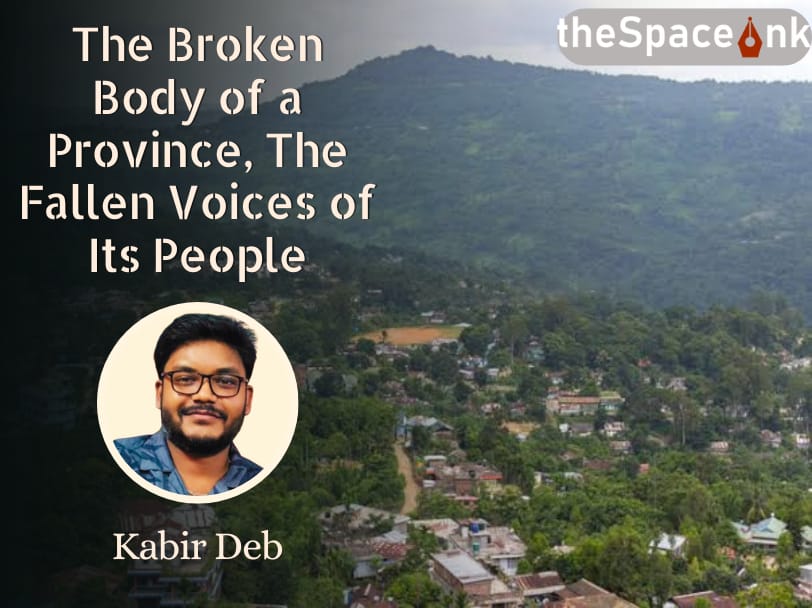


One Response
Raja Ram Mohan Roy believed that monotheism supported one universal model for humanity and monotheism was the fundamental message of Vedanta. Such a progressive personality. Very enjoyable read.